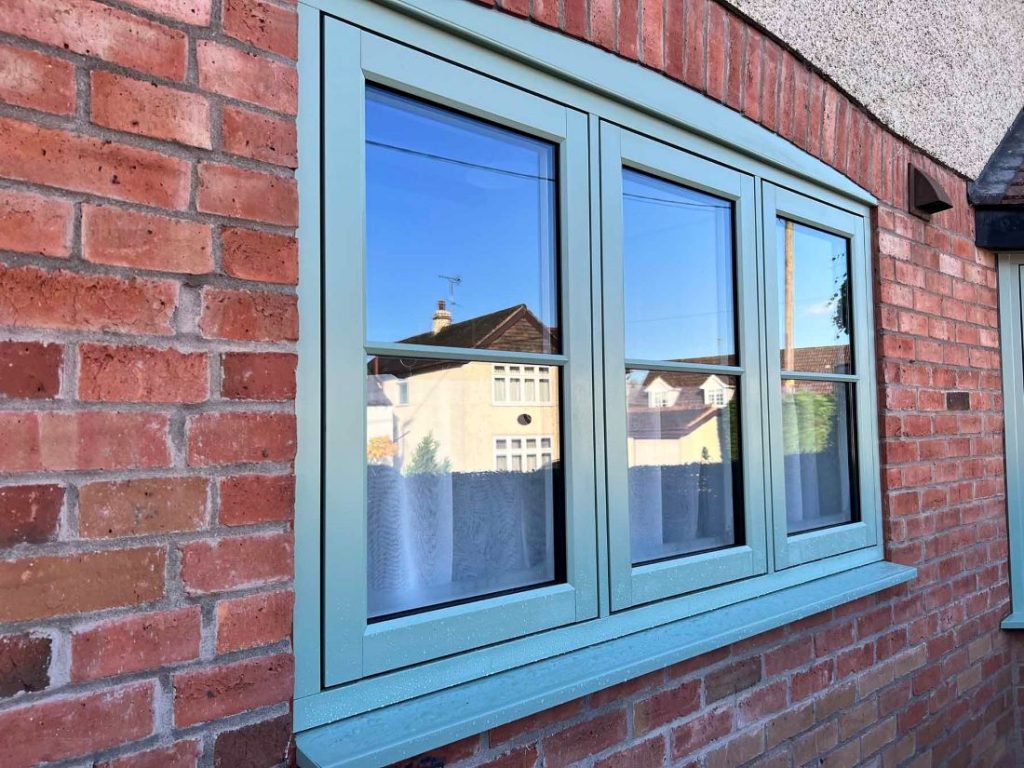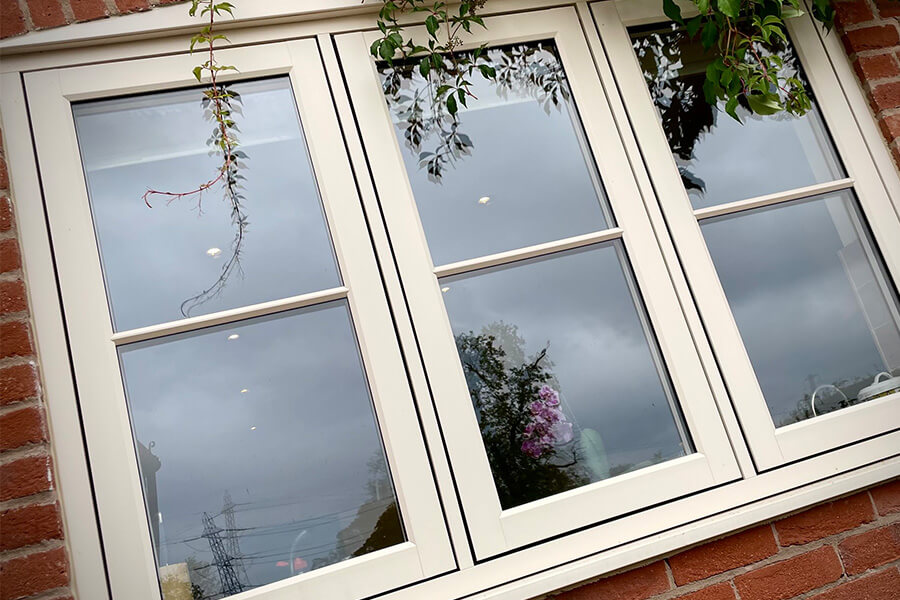
Choosing the most energy efficient window for your home is one of the best ways to reduce energy bills, cut heat loss and make your living spaces more comfortable. With so many styles, materials and specifications on offer, understanding the key elements of energy performance can help homeowners make informed choices. This guide breaks down the factors that affect a window’s energy efficiency and highlights top-performing options.
What makes a window energy efficient?
Energy efficient windows are designed to reduce the transfer of heat between the inside and outside of a property. In cold climates, this means less heat escapes through the glass and frames. In warmer months, efficient windows can reduce heat gain, keeping rooms cooler and reducing reliance on heating and cooling systems. The result is lower energy consumption and improved comfort all year round.
Several features contribute to a window’s energy performance:
- Panes of glass: Double and triple glazed windows contain two or three layers of glass, which slow down heat transfer.
- Gas fillings: Gaps between the panes are filled with argon or krypton gas, both of which provide better insulation than air.
- Glass coatings: Low-emissivity (Low-E) coatings help reflect heat back into the home and protect furnishings from harmful UV rays.
- Spacers and seals: Warm edge spacers reduce condensation and improve overall insulation.
- Frame materials: Vinyl window frames, fibreglass, timber and aluminium all vary in how well they retain heat.
Understanding window energy ratings and SHGC
In the UK, window energy ratings are issued by the British Fenestration Rating Council. Windows are graded from A++ to E, based on their overall energy efficiency, including heat loss, air leakage and heat gain from sunlight. All new windows must meet minimum energy standards, and high-performing models can significantly reduce energy costs.
A key performance measure is the U-value, which shows how easily heat passes through the window. The lower the U-value, the better the insulation. Another useful measure is the Solar Heat Gain Coefficient (SHGC), which indicates how much solar radiation passes through the window. A lower SHGC means less unwanted solar heat gain, helping to keep the home cooler in summer.

Which energy efficient windows are best?
At the Nottingham Window Company, we offer a wide range of energy efficient windows for every home and budget. Our uPVC casement windows, for example, feature multi-chambered frames and can be fitted with triple glazing to achieve U-values as low as 0.8W/m²K. These windows are an excellent choice for homeowners seeking long-term energy savings and durability.
For traditional or conservation properties, our Residence 9 and Residence 7 collections combine the classic look of timber with excellent insulation. With advanced layers of glass, argon gas and high-specification coatings, these windows reduce heat loss, improve energy performance and maintain period aesthetics.
Making the right choice for your home
The best window for your home depends on various factors including frame material, number of panes, type of glass, and the level of solar heat gain you want to allow. Installing energy efficient windows can result in less heat loss, lower energy costs and greater comfort throughout the year.
To see our full range of efficient windows and get tailored advice, visit the Nottingham Window Company showroom or contact us here.
